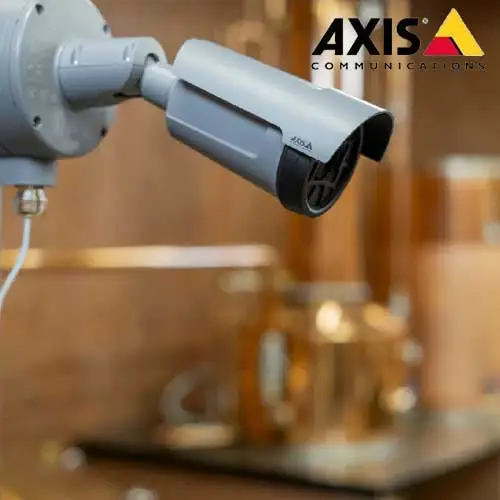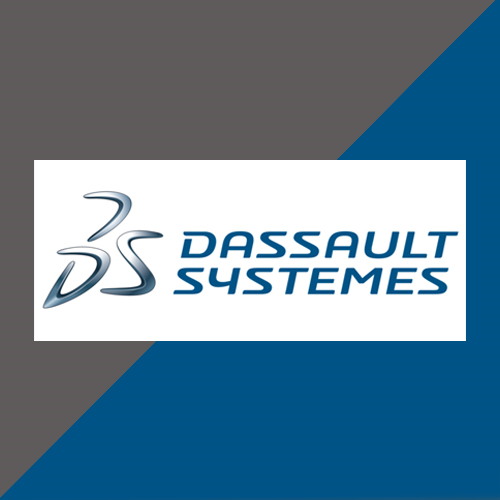Maximizing power efficiency through smart planning and design

To simplify the complex environment of data centres, there is a dire need of smart planning and design that will ensure precision cooling and overcome challenges in efficiency and capacity.
First, and most simply, to increase chiller efficiency, it is mandatory to eliminate old abandoned cabling under raised floors. While cable abatement is a code requirement in some countries due to fuel loads, in all instances and all countries, it makes sense to remove blockages having an impact on air flow to equipment. While working on cable abatement strategies, it is a great time to look at upgrading projects to higher performing cabling which can be either wholly or partially funded through recycling of older copper cable. While a properly designed underfloor cable plant will not cause cooling inefficiencies, when the underfloor void is full of cable, a reverse vortex can be created causing the underfloor void to pull air from the room rather than push cool air up to the equipment. When pathways and spaces are properly designed, the cable trays can act as a baffle to help maintain the cold air in the cold aisles or channel the air.
In designing an underfloor system, it is critical to look at airflow, void space, cable capacity accommodating growth and other underfloor systems such as power, chiller pipes, etc.
Inside the cabinets, one essential component that is often overlooked is blanking panels. Blanking panels should be installed in all rack units within cabinets where there is no equipment. Air flow is typically designed to move from the front of the equipment to the back. If there are open rack spaces in a cabinet, the air intakes on equipment can actually pull the heated air from the rear of the cabinet forward. The same can be said for spaces between cabinets in a row. Hot air can be pulled to the front either horizontally (around cabinets) or vertically (within a cabinet), supplying warmer than intended air to equipment which can result in failure.
In a recent study of a data center, temperature drop was realized in the cold aisles simply by installing blanking panels. Examination of the cabling pathways also includes addressing floor penetrations where the cabling enters cabinets, racks and wire managers. Thinking back to the old bus and tag days in data centers, the standard was to remove half a floor tile for airflow.
In many data centers today, that half a tile is still missing and there is nothing blocking the openings to maintain the static pressure under the data center floor. Where the cable penetrations come through the raised floor tiles, solutions such as brush guards, air pillows or some other mechanism to stop the flow of air into undesirable spaces is paramount. When you consider that most of the cable penetrations are in the hot aisle and not the cold aisle, the loss of air via these spaces can negatively affect the overall cooling of a data center. While some would prefer to do away with underfloor systems, if these systems are well designed and not allowed to grow unmanaged, they can provide excellent pathways for cabling.
Intelligent PDUs (iPDUs) can provide actual usage statistics for equipment power draw. By monitoring and trending power variances, data center managers can also determine actual power and cooling needs as opposed to using theoretical or modelled limits. This also allows better management of loads across the entire floor space.
Effectiveness of cooling is a necessary test to assure that assumptions made during design are providing the benefits expected. It can also be a good measurement to determine the efficiency of existing data centers and provide a roadmap for remediation on a worst case/first solved basis.
Prem Rodrigues - Director of Sales & Marketing
Middle East, India & SAARC, Siemon
See What’s Next in Tech With the Fast Forward Newsletter
Tweets From @varindiamag
Nothing to see here - yet
When they Tweet, their Tweets will show up here.






























